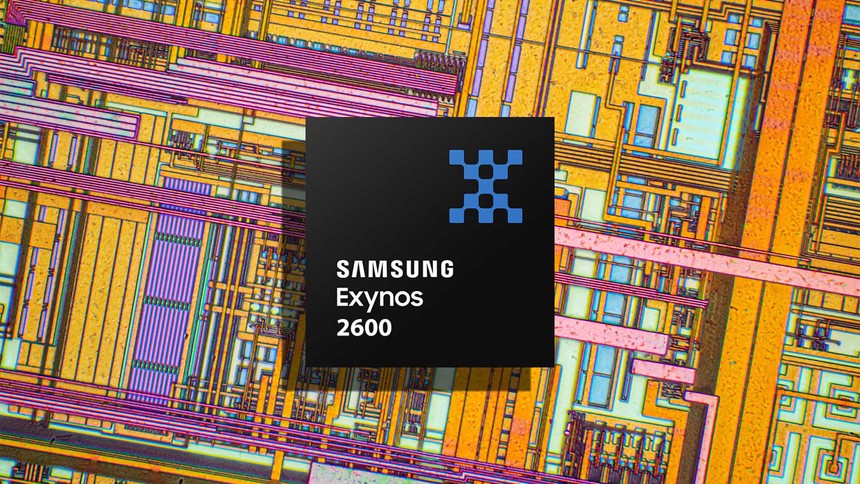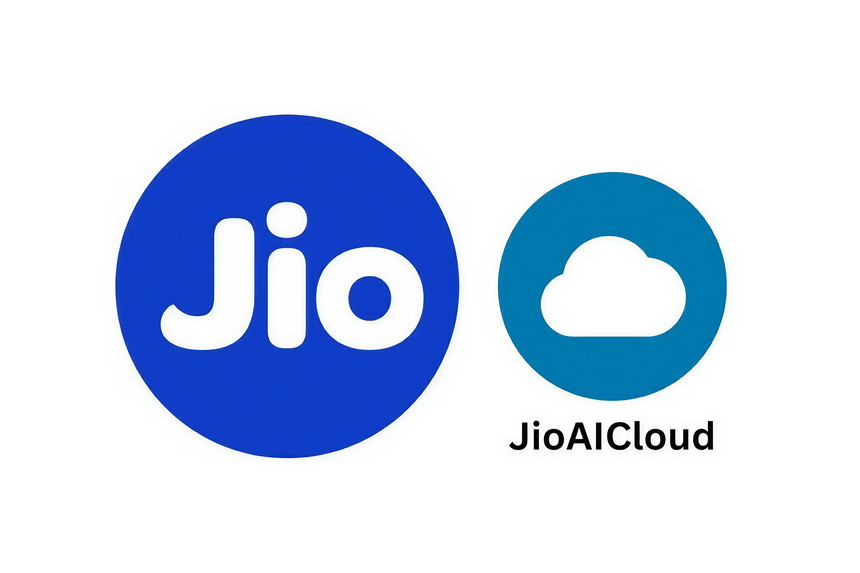In a major step toward making India a global semiconductor hub, the Ministry of Electronics and Information Technology has approved the creation of the NaMo Semiconductor Laboratory at the Indian Institute of Technology (IIT) Bhubaneswar. The new facility aims to equip young engineers and researchers with hands-on skills in chip manufacturing, design, and packaging—key areas for India’s fast-growing semiconductor ecosystem.
A boost for India’s semiconductor mission

The project, announced by Union Minister Ashwini Vaishnaw, will be funded under the Members of Parliament Local Area Development (MPLAD) Scheme with a total estimated cost of ₹4.95 crore. Of this, ₹4.6 crore will be used for advanced equipment and ₹35 lakh will go toward semiconductor software tools.
According to the ministry, the NaMo Semiconductor Lab will strengthen India’s capabilities in indigenous chip manufacturing and act as a training hub for developing skilled professionals. The facility will also play a vital role in creating a strong local talent pipeline for the semiconductor units being set up across the country under the India Semiconductor Mission.
Ashwini Vaishnaw highlighted that the lab will “contribute to Bharat’s deep talent pool by equipping the youth with industry-ready semiconductor skills.” It will also position IIT Bhubaneswar as a key academic center driving innovation in chip design and manufacturing technologies.
Strengthening Make in India and Design in India initiatives
The launch of the NaMo Semiconductor Lab aligns with India’s broader vision of self-reliance in electronics through the Make in India and Design in India programs. With the semiconductor market expected to grow rapidly over the next decade, the lab is expected to accelerate domestic innovation and reduce dependence on imports.
India already holds a strong position in chip design, with nearly 20 percent of the world’s semiconductor design engineers being of Indian origin. Students from 295 universities are currently using advanced Electronic Design Automation (EDA) tools, and 28 student-designed chips from 20 Indian institutes have already been successfully developed at the Semiconductor Laboratory in Mohali.
Odisha emerging as a semiconductor hub

Odisha has become a growing hotspot for India’s semiconductor expansion. Recently, the state received approvals for two major projects under the India Semiconductor Mission—an integrated facility for Silicon Carbide-based compound semiconductors and a state-of-the-art 3D glass packaging plant. These developments position Odisha as one of the most promising semiconductor centers in eastern India.
IIT Bhubaneswar already houses the Silicon Carbide Research and Innovation Centre (SiCRIC), which focuses on advanced materials and next-generation chip development. The addition of the NaMo Semiconductor Lab will further enhance the institute’s cleanroom and research facilities, enabling it to provide critical R&D support for India’s semiconductor manufacturing ecosystem.
Building the talent for India’s tech future

The NaMo Semiconductor Lab is not just about hardware—it represents a vision to empower the next generation of Indian engineers with cutting-edge semiconductor knowledge. By training students in fabrication, packaging, and design processes, the lab will help bridge the skill gap that currently challenges the global semiconductor industry.
This initiative reinforces India’s ambition to emerge as a key player in the global chip supply chain and to create a sustainable base for electronic manufacturing excellence. With government support, growing private investment, and strong academic participation, India is taking concrete steps toward becoming a semiconductor powerhouse.
Follow Tech Moves on Instagram and Facebook for the latest updates on India’s semiconductor revolution, emerging technologies, and innovation trends.














